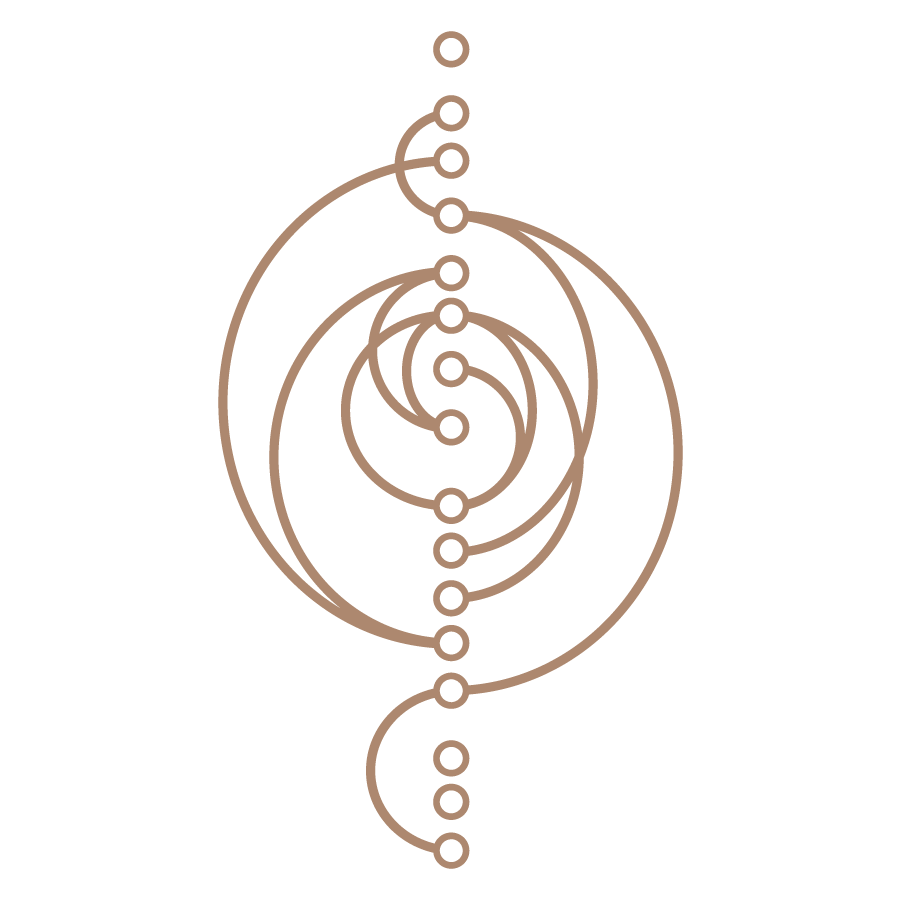Guiding Principles of Pilates
You will find there is more than just choreography driving Pilates movements. Each exercise is guided by six main principles which you will hear encouraged and reiterated throughout a good Pilates class.
Concentration and Awareness
I find a lot of my clients saying, “There is a lot to think about!” And it’s true — there is a lot of concentration and awareness around specific details to help you be more present and aware of your body as a whole. Liz Koch, an international teacher and author specializing in body work, once said, “I am more interested in awareness than control because I think ultimately that’s where control comes from.” We cultivate mindfulness of our body so we can better influence how we move and rest — resulting in more stability, harmony, and grace.
Powerhouse (Center/Core)
In Pilates we work hard to strengthen our powerhouse muscles: the area between our lower ribs and hips (essentially your center or core). When this area is alive and participating, we can better organize ourselves around our center of gravity to promote coordinated efficient movements. When uniformly strong these muscles create a natural corset for our internal organs which supports a decompressed spine and space in our lungs for complete breaths.
Precision and Control
When Joseph Pilates originally created this exercise routine, he called it “Contrology.” He did this to emphasize the importance of disciplining your body to do the exercises correctly. We have to teach our muscles to respond to our mind by being very precise in the way we instruct them. This takes a lot of brainpower and works hand in hand with awareness to re-train our nervous system, resulting in our bodies being used to their full potential without overextending or overusing muscles.
Flowing Natural Movement
As he developed his program, Pilates spent a lot of time studying animal movement. He noticed that animals move through space with fluid, flexible movements and are rarely clumsy or off balance. He applied this principle to each exercise, encouraging participants to transition through space both mindfully and easily. Proper execution of the exercises will allow you to ease unnecessary tension and recruit muscles that help you move with more grace and flow.
Oppositional Energy
You will notice a lot of emphasis on eccentric contractions in Pilates so our muscles can lengthen while they are engaged. We can accomplish this through imagining a current of energy pulling our muscles in opposite directions as they work. For example, when doing 100’s we want to imagine a line of energy reaching up through our head as well as shooting out from our feet so we are extending in both directions. This visualization helps us move more fully through the exercises and develops long, lean muscles.
Breathing
Proper breathing in Pilates involves expanding your lungs to their greatest capacity by inhaling through your nose, and emptying all of your air out with an exhale through your mouth. Inhales and exhales are paired with specific movements to promote full and complete breaths. This full breath creates circulation throughout your body as you exercise, bringing oxygen and nutrients to all of your cells, tissues, muscles, and organs.
So yes, there is a lot to think about in Pilates! But you will notice all of these principles intertwine and compliment one another as you move through an effective program, and soon they will become second nature.
